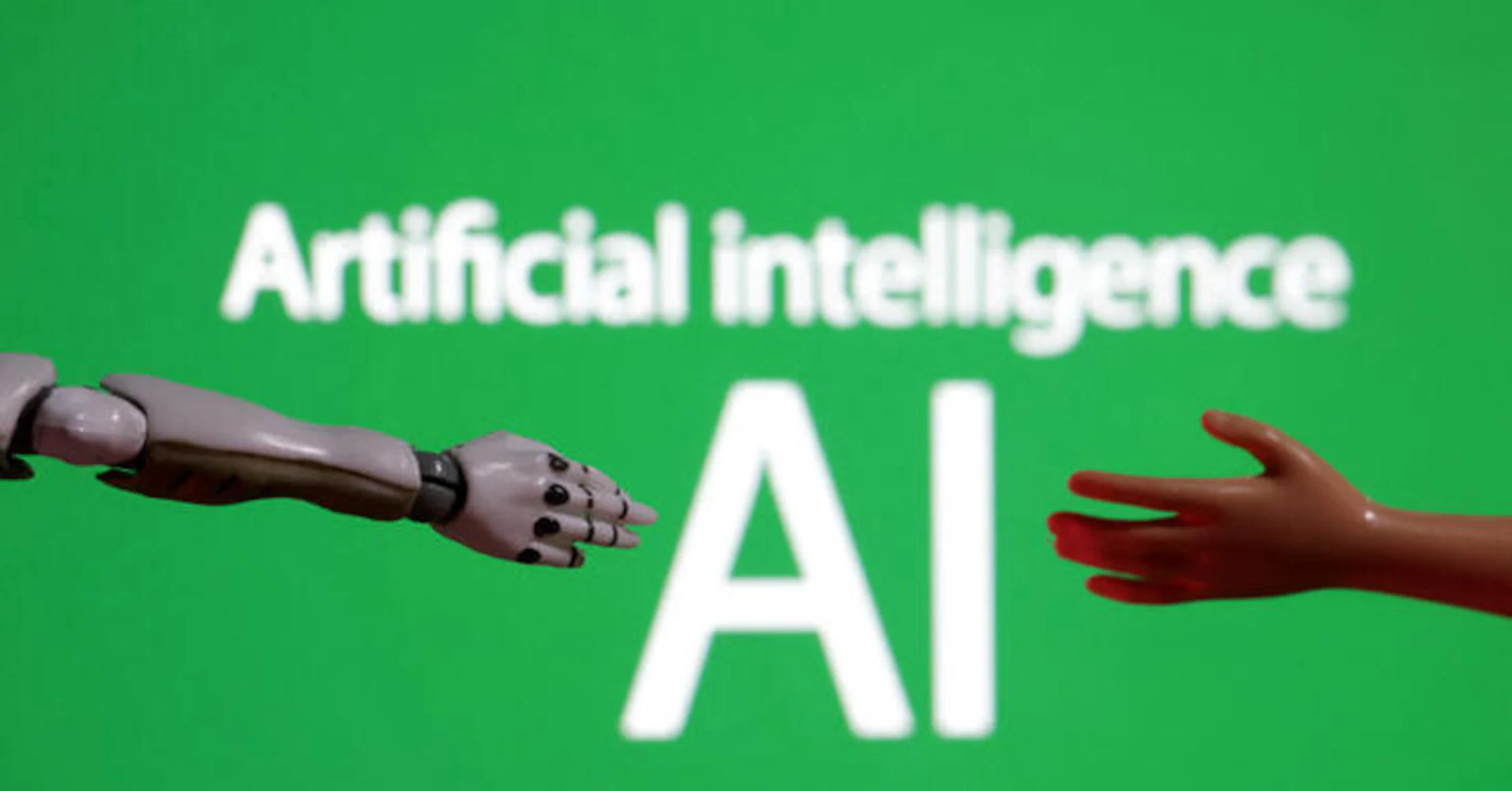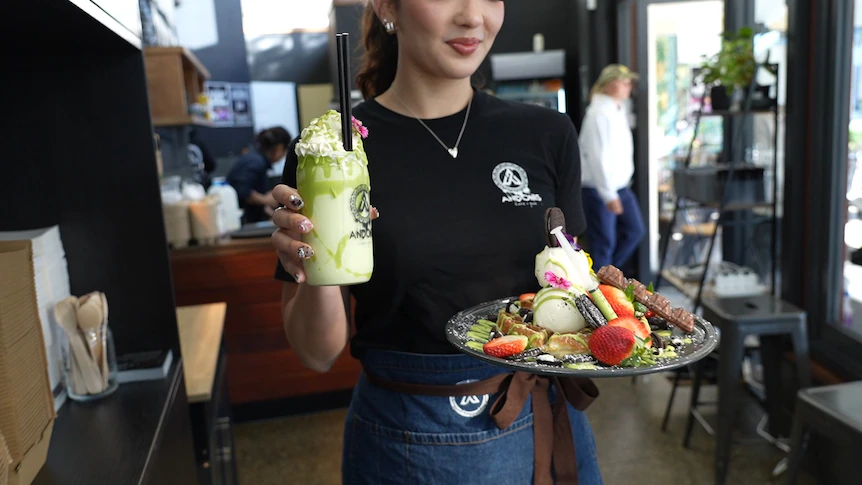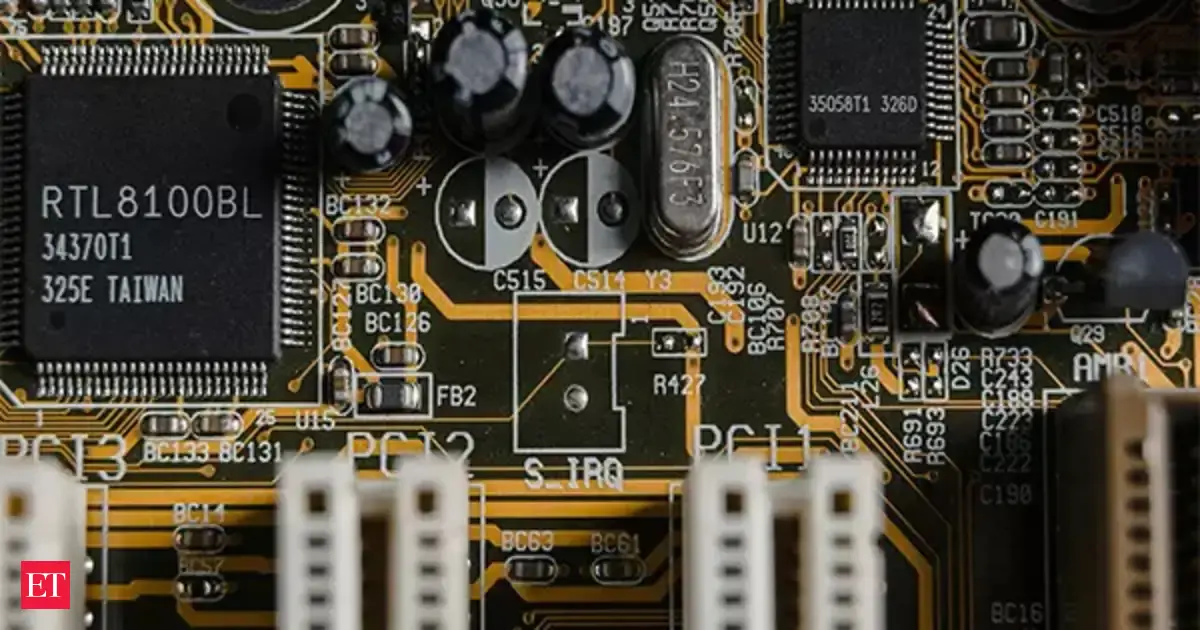
LONDON, Oct 1 (Reuters) – The old truism that the stock market is not the economy risks underplaying how much today’s powerful investment trends could impact the prosperity and lives of the whole country.
Artificial intelligence is obviously the megatrend of the moment. Scale is everything, and the U.S. tech giants are driving the spending, while investors are scrambling to get on board an already overcrowded train.
Sign up here.
The so-called Magnificent Seven – U.S. tech companies that now make up a record 36% of the S&P 500’s market value – have seen their stock prices more than double over the past two years, after rebounding a whopping 60% from the troughs of this year.
Whether this is a bubble is perhaps the biggest question facing the stock market and the U.S. economy at large.
While the extraordinary capital expenditure on AI over the past year may only represent about 1% of U.S. GDP, its impact on growth has been massive.
Some reckon as much as one-third of the economy’s near 4% annualised expansion over the past two quarters may be accounted for by this digital gold rush. Tariff-related trade distortions have played havoc with GDP calculations this year, but last week’s revisions showed that business spending on intellectual property products grew 15% compared with a 12.8% previous estimate, while firms’ investment in equipment grew at an 8.5% clip instead of the previously reported 7.4%.
That growth may have slowed a bit this quarter, but not much.
What’s more, spending on data centers and infrastructure investment – up fourfold since 2020 – is fueling construction and wider industrial sector activity to boot.
Growth in consumption, the lion’s share of GDP, is the other main driver of the economy – but that’s also heavily linked to the wealth effects from outsize gains in stock market indexes – clearly amplified by megacaps and two years of AI excitement.
The fundamental organic business growth of the rest of the S&P 500 has essentially just chugged along for the past five years and underperformed other blue chip companies around the world in the process, as the investment manager GMO recently pointed out.
In short, AI better work – or else.
THE MUSIC’S STILL PLAYING
The AI arms race is unlikely to grind to a halt any time soon.
Many questions about AI remain unanswered.
Although some studies have questioned the extent to which end usage of generative AI has really done anything for business returns so far, that says little about the technology’s potential to reshape hiring and job roles going forward. And scaling up computing and cloud capabilities will also position many big firms for much wider and potentially more profound changes to come – not least in quantum computing.
If you believe this is the future, with all the seismic impact on labor demand and productivity that adherents forecast, then it’s hard to see disappointment or reversal being a narrow investment event.
If AI is a bubble and it bursts, it will likely reverberate through the real economy – both independently of and through the equity market.
One retort is to look back at the dotcom bubble that burst in 2000. That tech stock mania reversed without the entire economy collapsing – and some of the companies that survived eventually became today’s behemoths.
Interest rate cuts and a housing rebound partly saved the day back then. And it’s conceivable that we could see a repeat this time around in the event of a sudden AI market implosion.
But skeptics certainly see the froth as well as the future in recent events.
Carlyle chief investment strategist Jason Thomas homed in on the eye-popping 36% one-day Oracle stock price surge on September 10 as a classic example of a crowded market desperate for any AI opportunity, regardless of the underlying numbers.
Thomas described the Oracle move, which was prompted by news of AI-related cloud contracts with OpenAI and others, as “the rarest of rare events,” with a single-day change in value equal to 85 times the stock’s average daily trading volume.
The near tripling of its stock price over two years, to deliver a market cap that briefly topped a trillion dollars last month, is stunning given Oracle’s other underlying numbers.
Thomas points out that to deliver on the OpenAI deal, Oracle will have to lift its own capital spending by almost $100 billion over the next two years, an annualized growth rate of some 47%, even though its free cash flow has already fallen into negative territory for the first time since 1990.
There may be trouble ahead. If there is, the whole economy will shudder.
The opinions expressed here are those of the author, a columnist for Reuters
— Enjoying this column? Check out Reuters Open Interest (ROI), your essential new source for global financial commentary. Follow ROI on LinkedIn. Plus, sign up for my weekday newsletter, Morning Bid U.S.
by Mike Dolan; Editing by Marguerita Choy
Our Standards: The Thomson Reuters Trust Principles., opens new tab
Opinions expressed are those of the author. They do not reflect the views of Reuters News, which, under the Trust Principles, is committed to integrity, independence, and freedom from bias.



